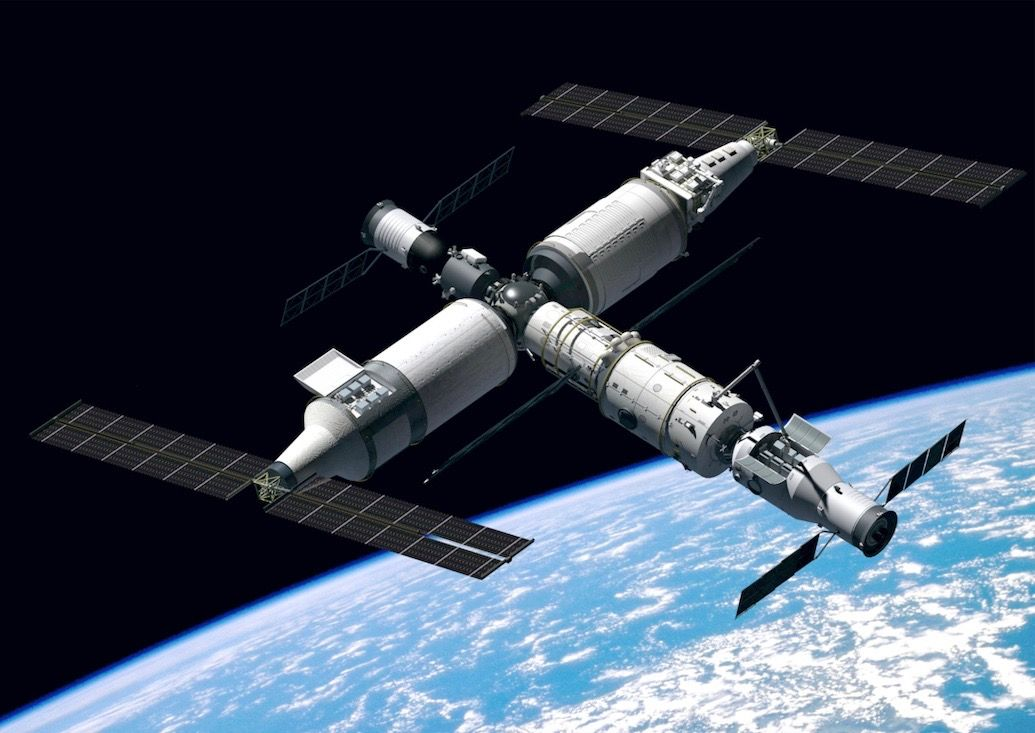Pakistan is drowning in floods: Will India help?
- 05-09-2022
- News

On April 29, 2021, China launched the core module of its new space station called the ‘Tianhe’, which translates to ‘Harmony of the Heavens’. This new space station is placed in the low orbit between 340km to 450km above the surface level. The space station is not yet completed. A series of 12 launches starting from 2021 and are supposed to complete the whole construction phase of the space station.
It is expected that once the whole construction is complete, the Tiangong space station will be one-fifth the total mass of the International Space Station. It will roughly carry the mass of the decommissioned Russian space station ‘Mir’. The operations of this space station are to be controlled by the Beijing Aerospace Flight Control Center in China.
The Chinese politicians and leaders hope that this space station will be a big advancement for the Chinese space program and will allow them to hold experiments in space. They are hopeful that the space station will allow China to host more extended scientific experiments than what Chine is currently able to do with their existing space research laboratories.
On June 16, China launched its first human-crewed space mission in the last five years. The astronauts, namely Nie Haisheng, Liu Boming, and Tang Hongbo, will be the first people on board the ‘Tianhe’ module of the new Chinese space station. This mission is also China’s longest human-crewed space mission so far as the astronauts are scheduled to remain in the module for a period of three months. This mission aims to turn the ‘Tianhe’ module online and prepare for the next steps of their space station construction.
The astronauts launched in a Shenzhou-12 capsule on a Long March 2F rocket which took 7 hours to reach the low-orbit space station. The launch was successfully initiated from the Jiuquan Satellite Launch Center in the Gobi desert of China.
The launch of the ‘core module’ of their new space station and embarking on their longest-ever human-crewed space mission yet shows China’s growing confidence and advancements in space research. China has been advancing rapidly in this field as in the last six months, they have completed two major missions: collecting and returning soil and rock samples from the moon. The second was landing a six-wheeled rover on Mars.
These missions show China’s growing influence in space research, and these advancements are currently inconclusive as to what they mean in terms of advancements of humanity in understanding space.
It is not yet known when the construction of the new Chinese space station will be complete. As a country known for its iron curtain policy regarding internal politics and policies, only time can tell what China’s advancements in space research mean for the rest of the world.